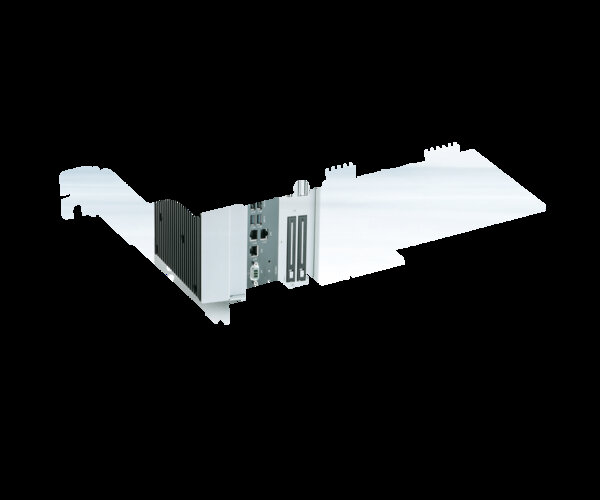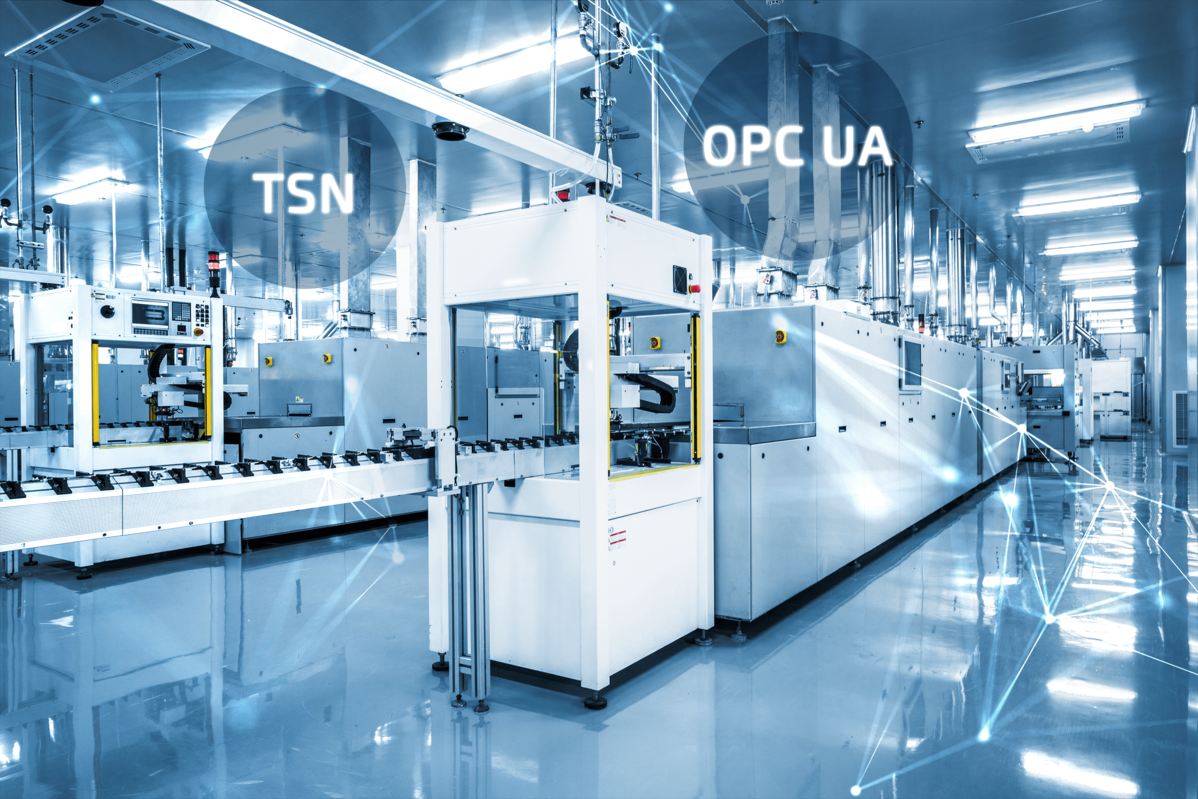Rapidly growing network sizes and data volumes in the Industrial Internet of Things are pushing existing network protocols to their limits. As an open communication protocol, OPC UA enables completely continuous and transparent communication from the sensor to the cloud. By adding the real-time capability of TSN, the protocol enables IT and OT to merge into a common network and thus forms the basis for all applications in the IIoT.
Towards the future of industry via IIoT
Production must adapt agilely and dynamically to changing requirements. This makes it necessary for all parts of the plant automation to communicate with other systems in the company on many levels. In the course of implementing the Industrial Internet of Things (IIoT), the number of smart nodes at the field level in the networks is increasing rapidly.
In addition, real-time capability is required in many places in industrial applications for the rigid synchronisation of movement processes.
Cross-manufacturer communication standard
The prerequisite for this is an open and at the same time real-time-capable communication protocol. Leading manufacturers of automation and information technology rely on the manufacturer-independent communication solution OPC UA over TSN. The universal communication platform is in the process of establishing itself as the only globally uniform real-time communication standard.
However, OPC UA does not have deterministic time performance, so it is not suitable for the transmission of real-time data within synchronised plant sections. The OPC Foundation therefore introduced the fast Publisher-Subscriber (Pub/Sub) communication model for data exchange between controllers.
The capability for deterministic, hard real-time performance, however, only comes about through the combination of OPC UA with the real-time-capable Ethernet standard TSN (Time Sensitive Networking).
The new Ethernet
TSN is an extension of the Ethernet standard of the IEEE (Institute of Electrical and Electronics Engineers) by a whole bundle of standards that regulate the transmission behaviour of data packets in various ways and thus give it real-time capability. To this end, TSN has three core capabilities 1.) time synchronisation via a uniform time base, 2.) traffic scheduling and 3.) automated system configuration.
Already a reality today
As one of the pioneers of this technology, Kontron already presented a starter kit for TSN in 2018. Following an FPGA software upgrade, this now also supports new standards such as IEEE 802.1Qbu and 802.1CB for reduced latency and jitter as well as redundant, fault-tolerant networks.

In addition, Kontron is equipping more and more products with TSN capability as standard, for example COM Express® modules, 3U VPX blades and 3.5" SBCs. This is facilitated by the integration of TSN functionality in semiconductors from numerous manufacturers, such as the 11th generation Intel® Core™ processors.
"By fully integrating OPC UA over TSN into our hardware and software, we make it easier for users to realise convergent Ethernet-based networks on which time-synchronised, deterministic communication also runs in parallel to regular IT data traffic. This makes real IIoT or Industry 4.0 based on universally valid Ethernet protocol standards possible," says Christoph Neumann, VP Technology Kontron.


{{comment.comment}}